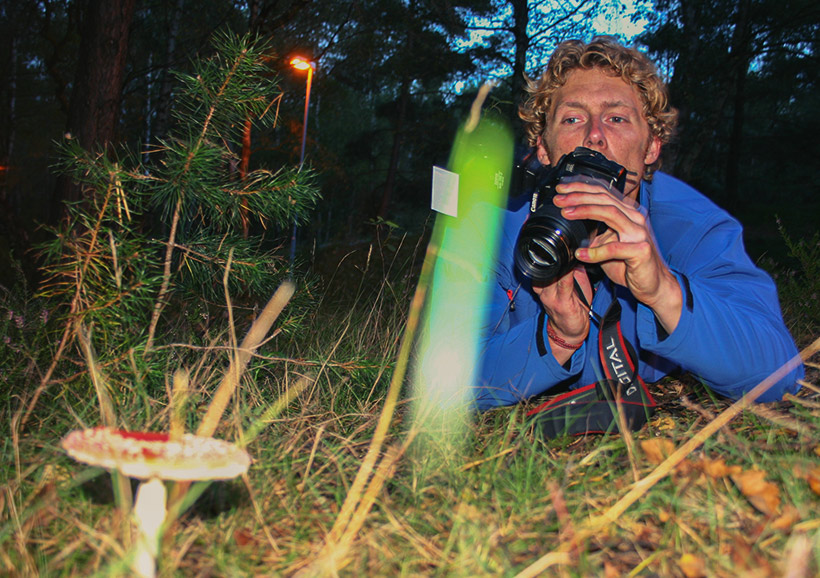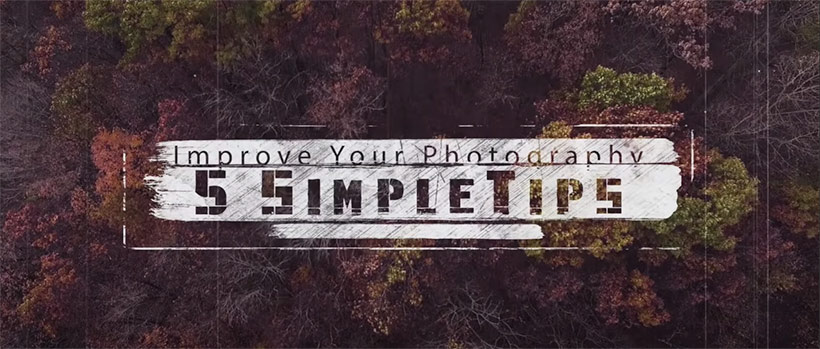Tips to Help You Improve Your Nature Photography Skills
Do you enjoy capturing nature’s beauty? Shooting plants and animals can be quite fun because they’re effortlessly beautiful. To become a professional, you need to find the right resources to help you hone your nature photography skills. Thankfully, the internet is not good for sourcing a reliable Scholarship essay writing service alone. You can use it to read up on new skills that you need to practice.
The best thing about practicing new skills is that you can start with your immediate surrounding. You don’t have to travel to find nature’s beauty unless you want to explore new environments.
Here are tips to help you improve our skills and become a professional nature photographer.

Invest in Quality lenses
The first consideration when working on your nature photography is to ensure you’re prepared with the right camera lenses. Investing in quality lenses ensures that all your works appear professional.
Find out, from experts, suitable lenses for shooting nature’s beauty and save enough money to buy them. Ensure you have your overall goal in mind as you shop for new lenses because each photographer has their own style of shooting.
Ideally, a long focal length is the best for shooting nature photography because you get a wide aperture for crisp shots. Invest in a zoom lens that allows you to capture animals without having to get too close to them.
A longer reach also ensures that quality is not compromised in instances where you have to shoot from a distance. Besides, shooting animals without disturbing them ensures that you capture them in their glory.
Focus on the Subject
Like is the case with Custom college essays, nature photography requires you to focus on the subject. This way, your shot can pop against a creamy background. This technique magnifies your subject by brining viewers’ attention to the focal point of your work.
For instance, when your shot features a flower or a wild animal, the viewer should be able to separate the subject from the background. That means that after you take a shot, you’ll need to make the necessary adjustments to ensure that viewers don’t confuse the background with the subject.
The best way to achieve separation is to create distance between your subject and the background. This way, they can exist within the shot without one overlapping with the other. A wide aperture lens also allows you to blur the background to make the subject more defined.
Crop Close to Capture Texture
One of the driving forces for nature photography is to draw inspiration from the beautiful color palettes and unique sounds. To capture nature in all its glory, you need to crop close to capture texture. After all, the texture is the essence of every shot.
Zooming in and cropping works for everything in nature ranging from leaves, flower petals, tree barks, crocodile’s skin to the forest floor. A micro lens is excellent for cropping close, as it will make every detail crisp.
Study the Subject before a Shoot
To capture the essence of your subject, you want to make sure you study it before a shoot. Figure out the right angles to capture what you need. The more you understand your subject, the better you’ll be positioned to shoot it.
Find out the subject’s habit for easy shot prediction. For instance, if you’re shooting an antelope in motion, you want to know the right moments to click. The same applies for plants and flowers; when you know blooming seasons of flora, you can capture their effortless beauty.

Take your shots in Natural Contexts
If you’re going to shoot nature photography, you want to make sure you capture authentic pictures. Taking your shots in natural contexts adds to the beauty of the subject. Natural shots are more appealing than staged ones because they’re believable and real.
Not to say that there’s something wrong with capturing a domesticated parrot. This and so much more can make for beautiful art. However, there is a huge difference between art and powerful nature photography.
Invest in accessories for Nature Photography
It’s quite easy to forget about accessories for nature photography, especially for someone who is just getting started. Investing in the right gear improves your shooting experience and ensures you capture crispier images.
Aside from the right camera and lenses, you also need a camera bag to secure the camera, extra lenses and extra batteries. It’s easier to move around when everything you need is in one back. You also need a tripod to steady your camera when you’re out shooting in the wild.
A good nature photographer will not forget to purchase appropriate clothing depending on the location of their shoot. Plan ahead for every shoot to ensure you leave with everything you require for a successful venture.
Honing the right nature photography skills ensures you enjoy your ventures out in the wild. The quality of your work depends on how much you know about nature photography and your willingness to learn more.
































































































